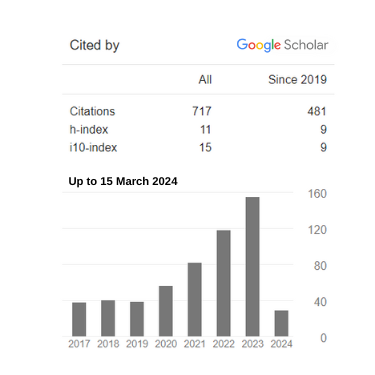Multilateral Development Banks and Law and Development Projects in Asia: Experiences and Directions
DOI:
https://doi.org/10.31436/iiumlj.v24i1.243Keywords:
Multilateral development banks, World Bank, Asian Development Bank, law and development, legal and judicial reform, stakeholdersAbstract
Beyond their traditional lending in sovereign and non-sovereign operations in sectors such as infrastructure, agriculture, and social services, multilateral development banks (MDBs) have included law and development projects in line with their mandates on economic development and poverty reduction. The spectrum of law and development activities has been broad-ranging from strengthening legal education to enhancing debate on judicial independence to promoting judicial reform projects and supporting initiatives on environmental justice. This article examines the roles played by MDBs in promoting law and development, and analyses four case studies of law and development projects (two from the World Bank and two from the Asian Development Bank). The article summarises the experiences learned by these institutions over the years and discusses the directions taken. The article concludes with recommendations on the measures that can be taken by these institutions, as well as other organisations, in continuing to engage with law and development projects.Metrics
Metrics Loading ...
Downloads
Published
2016-06-22
How to Cite
Nanwani, S. (2016). Multilateral Development Banks and Law and Development Projects in Asia: Experiences and Directions. IIUM Law Journal, 24(1). https://doi.org/10.31436/iiumlj.v24i1.243
Issue
Section
ARTICLES
License
- Consent to publish: The Author(s) undertakes that the article named above is original and consents that the IIUM Press publishes it.
- Previous publication: The Author(s) guarantees that the article named above has not been published before in any form, that it is not concurrently submitted to another publication, and that it does not infringe anyone’s copyright. The Author(s) holds the IIUM Press and Editors of IIUM Law Journal harmless against all copyright claims.
- Transfer of copyright: The Author(s) hereby transfers the copyright of the article to the IIUM Press, which shall have the exclusive and unlimited right to publish the article in any form, including on electronic media. The Journal in turn grants the Author(s) the right to reproduce the article for educational and scientific purposes, provided the written consent of the Publisher is obtained.















